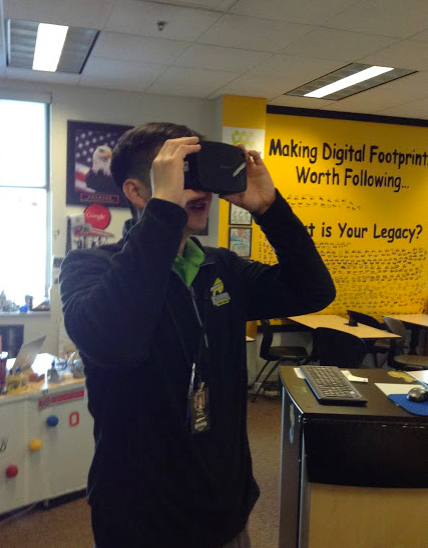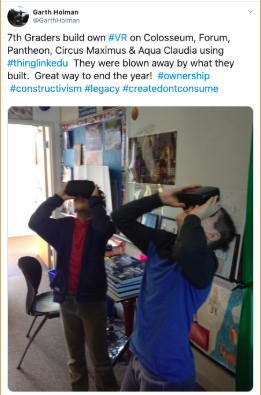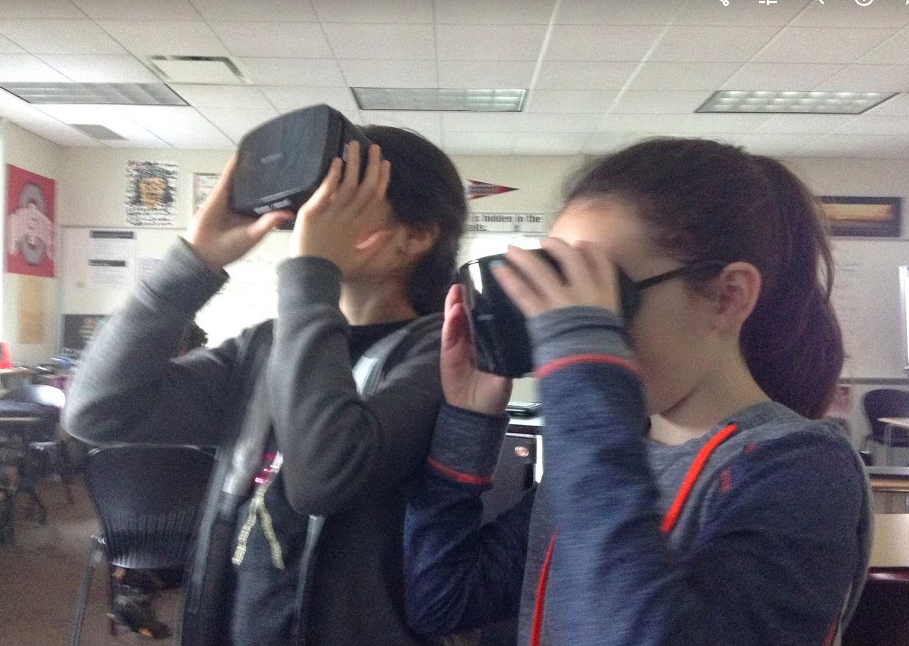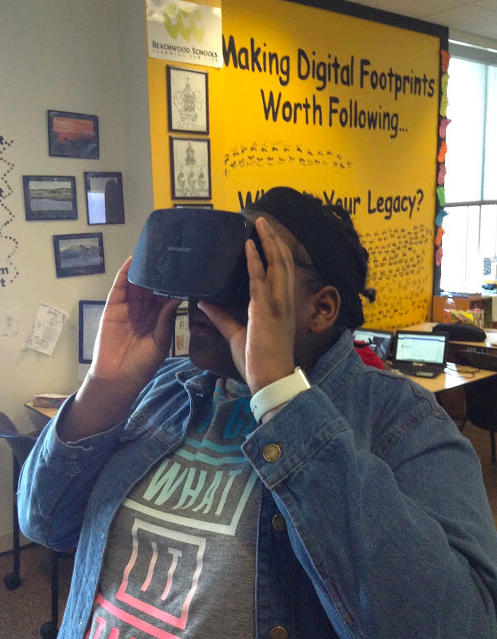| This year I am blessed to have an outstanding student teacher. Her name is Anna Love. She left school for semester break to visit her family in Cincinnati, before school was out. While she was gone the student's build VR using Thinklink 360 on ancient Roman buildings. When she got back from the Holiday break, she checked out the student work. She wrote a post for her personal blog. Since I have written about Thinklink 360 before on TFT, I asked if I could post her ideas. She said yes! From Anna Love: One of my biggest frustrations as a classroom teacher is the classroom. Four walls enclose a space that is supposed to be limitless. Chairs bolted to desks cramp children's legs and force them to sit still. If lucky, a window gives a glimpse of the real world outside. Oftentimes, rules require students to ask permission to sit, to stand, and to speak within these four walls. While a classroom's physical structure is oftentimes necessary to cultivate an effective teaching environment, it is restrictive. No matter how many brightly colored posters, maps of the world, and photos from afar cover the walls, the classroom is not the real world. True learning happens in the real world. So how can we bring the real world into our classrooms? |
| Although the obvious answer is to plan more field trips, this is often not viable for many schools. Field trips are expensive, a hassle to plan, and near impossible to get approved. As a social studies teacher, my heart aches to bring my students to the distant lands we are discussing. Children can read about the birth of democracy in Ancient Greece, but nothing compares to standing at the Pnyx, where citizens took the first step towards putting government in the hands of the people. We can read text about Rome's great achievements, but it is far more impactful to stand on the streets laid 2,000+ years ago. Whatever your curriculum, i'd bet all social studies teachers wish they could make history come alive for their students in a tangible way, and to bring them to the physical places they study day in and day out. During my winter break, I left my student teaching position at Beachwood Middle School to visit family prior to the students' last day before the holidays. It was during my hiatus that I saw a tweet from my mentor teacher, Garth Holman. |
If VR in the classroom wasn't impressive enough, I suddenly realized that this VR wasn't a special program bought or created by the department or Mr. Holman. The students had created the VR themselves. They had created virtual replications of places they had previously only read or heard about. They were the authors of their own learning and now had the world at their fingertips. They had brought the real world into their own classroom.
"Are you impressed with your own work?" Mr. Holman asked a student as she swiveled her head around the room, VR goggles pressed to her face, giggling as she "walked" through her creation of the Colosseum. She clearly was impressed, as was I. More importantly, the students' were cultivating skills necessary to thrive in the 21st century. Learning is no longer about consuming information, memorizing facts, and passing tests. It is a lifelong process that demands the learner to create and to cultivate. Student-created VR is an exciting new tool to bring learning to life in the classroom.
I will add a new post in a few days with examples of the student work and a tutorial or two, if you are interested.












 RSS Feed
RSS Feed


